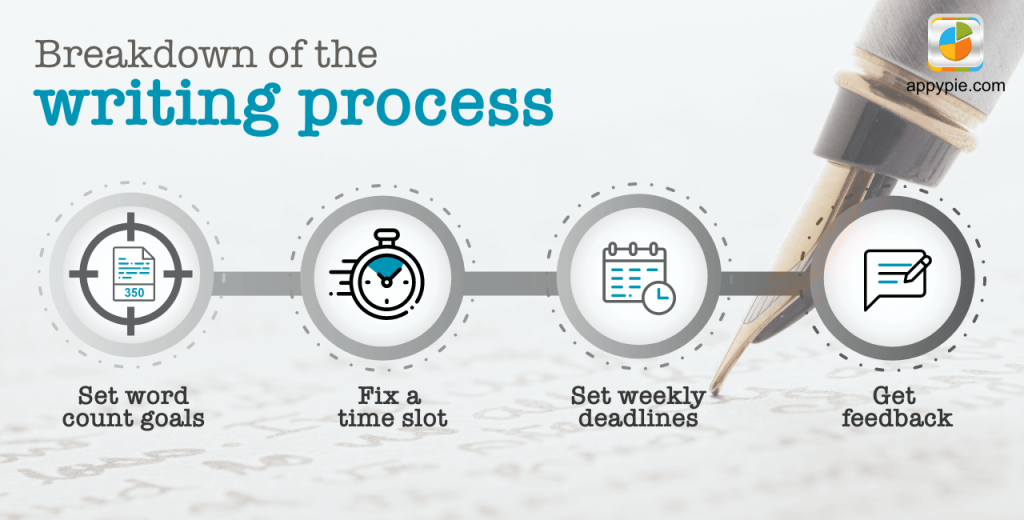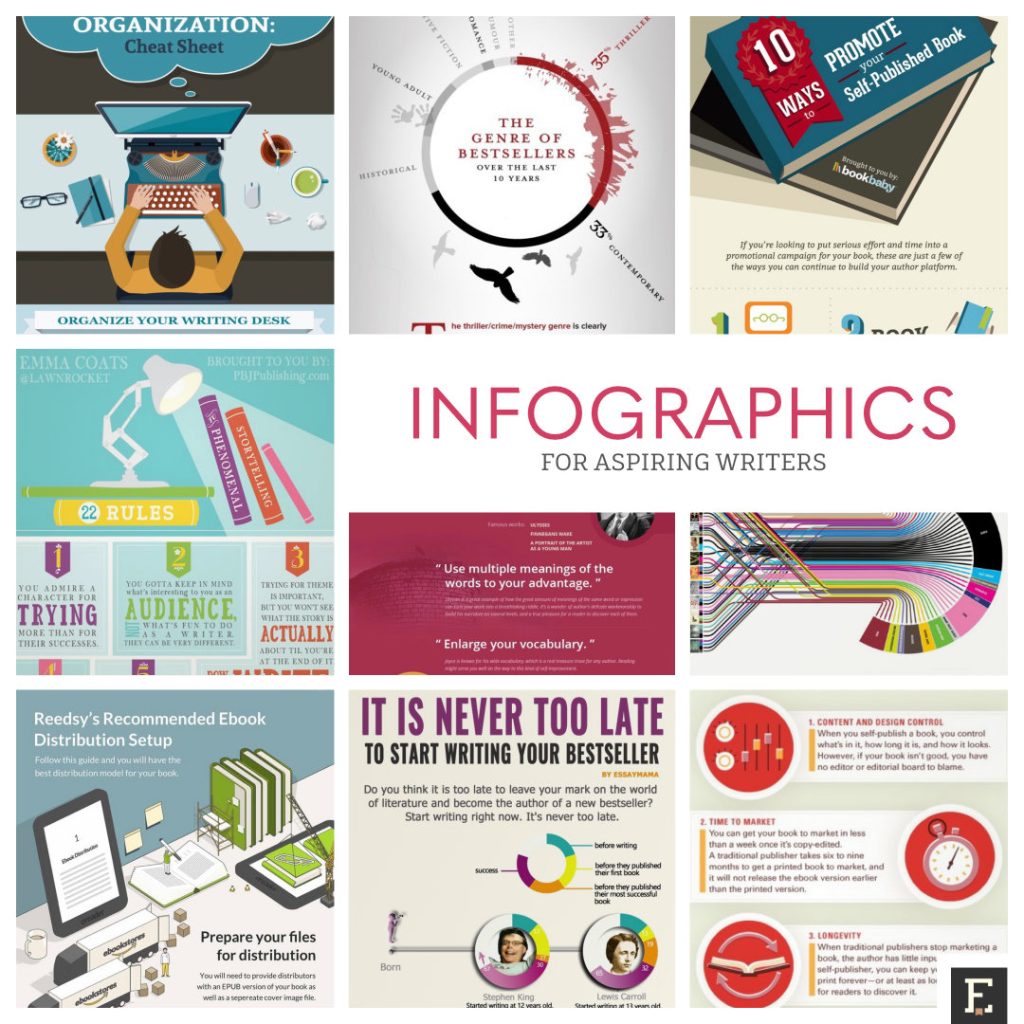So, you’ve always wanted to be an author, but you’re not sure where to start? Look no further! In “How to Write a Book and Sell It: A Guide for Aspiring Authors,” you’ll discover all the essential steps to turn your dream of writing a book into a reality. This comprehensive guide not only covers the process of writing and selling a book but also offers valuable insights on becoming a skilled writer. Whether you’re itching to document your experiences, share your opinions, inspire others, or simply tell a captivating story, this article will provide you with the guidance and confidence you need to get started. With Appy Pie’s user-friendly online platform for creating and selling eBooks, taking the first step towards publishing your own book has never been easier!

Step 1: Defining Goals
Writing a book is a challenging yet rewarding endeavor that allows you to share your thoughts, experiences, and stories with the world. Before embarking on this journey, it is crucial to define your goals and understand the purpose of writing a book.
Identifying the purpose behind writing a book will serve as your guiding light throughout the entire process. Are you writing to educate, entertain, inspire, or simply to share your viewpoint? Understanding the purpose will help you stay focused and maintain clarity in your writing.
Once you have established the purpose, it is essential to set specific goals and objectives for your book. What do you want to achieve by the end of this project? Is it to gain a specific number of readers, generate income, or establish yourself as an expert in your field? By setting clear goals, you can create a roadmap to success and stay motivated throughout the writing process.
Step 2: Knowing the Target Audience
In order to create a book that resonates with readers, it is important to research and understand your target audience. Your target audience consists of the specific group of people who will be most interested in reading your book.
Take the time to analyze the demographics and interests of your target readers. Consider factors such as age, gender, occupation, and hobbies. By understanding your audience’s preferences and what they are looking for in a book, you can tailor your writing style, content, and marketing strategies to cater to their needs.
Step 3: Choosing a Topic
Choosing the right topic for your book is a crucial step in the writing process. You want to select a topic that not only aligns with your personal interest and expertise but also has a market demand and is on-trend.
Start by exploring subjects that you are passionate about and have knowledge of. Writing about a topic that you genuinely care about will make the process more enjoyable and will shine through in your writing.
However, it is equally important to consider the market demand and trends. Research what topics are currently popular among readers and ensure there is an audience for your chosen topic.
Strike a balance between your personal interest and the market demand to create a book that both fulfills your passion and has the potential to capture readers’ attention.
Step 4: Writing the Book
Now that you have your goals defined, target audience identified, and topic selected, it’s time to start writing your book. This step requires focus, discipline, and creativity.
Start by developing an outline or structure for your book. This will serve as a roadmap, allowing you to organize your ideas and thoughts. Outline the chapters, subtopics, and key points that you want to cover in your book. This will provide you with a clear direction and help you stay on track.
Creating engaging characters and a captivating plot is essential, especially if you are writing fiction. Your characters should be relatable and well-developed, and your plot should be filled with twists and turns that keep readers hooked.
Maintaining a consistent writing schedule is crucial to make substantial progress in your book. Set aside dedicated time each day or week to focus solely on your writing. This will help you develop a routine and ensure that you make steady progress towards completing your manuscript.
Once you have finished your first draft, it is important to edit and revise your manuscript. Polish your writing, eliminate any inconsistencies or errors, and ensure that the flow and structure of your book are cohesive. Consider hiring a professional editor to provide objective feedback and help you refine your work.

Step 5: Setting Word Count Goals
Estimating the ideal length of your book and breaking down the writing process into manageable chunks is essential to stay organized and motivated. Setting word count goals for each writing session or week can help you make consistent progress towards completing your book.
Research books in your genre to get an idea of the expected word count range. This will give you a benchmark to aim for. Divide the total word count by the number of writing sessions or weeks you have allotted for completing your book. This will give you a target word count for each session, making the overall process less daunting.
By setting realistic and achievable word count goals, you can track your progress and stay motivated as you see your book taking shape.
Step 6: Getting Feedback
Getting feedback on your book is crucial to improve your writing and ensure that your book resonates with readers. Seek input from beta readers or join writing groups where you can receive constructive criticism and valuable insights.
Beta readers are individuals who represent your target audience. They can provide feedback on the overall flow, plot, and characters of your book. Consider their suggestions and make necessary revisions to enhance the quality of your writing.
Additionally, consider hiring professional editing services. Professional editors have the expertise to evaluate your manuscript objectively and provide thorough feedback on areas such as grammar, structure, and pacing. Their input can help refine your book and bring it closer to its full potential.

Step 7: Showcasing the Book
After putting in all the hard work and completing your manuscript, it’s time to showcase your book to the world. Creating an eye-catching book cover is essential to make a strong first impression. Invest in professional book cover design services or learn the basics of graphic design if you have the skills.
Writing an enticing book description is equally important as it acts as a sales pitch to potential readers. Craft a captivating synopsis that conveys the essence of your book, piques the readers’ curiosity, and compels them to give it a read.
Remember, a great book cover and an enticing book description are powerful tools to attract readers and increase the chances of your book being noticed.
Step 8: Self-Publishing the Book
Self-publishing has become an increasingly popular option for authors to bring their books to the market. It provides you with full control over the publishing process, royalties, and distribution.
Research self-publishing platforms such as Amazon Kindle Direct Publishing (KDP) or Barnes & Noble Press. Understand their guidelines, terms, and conditions, and choose the platform that best suits your needs.
Formatting your book for digital and print formats is essential to ensure a seamless reading experience for your audience. Take the time to understand the formatting requirements of your chosen platform and adjust your manuscript accordingly.
Step 9: Marketing the Book
Marketing is a crucial step in generating awareness, attracting readers, and ultimately selling your book. Building an author website or blog is an effective way to establish your online presence and connect with your target audience. Share updates, behind-the-scenes insights, and engage with your readers through regular blog posts or articles.
Utilize social media platforms to promote your book. Create dedicated author profiles and utilize platforms such as Facebook, Instagram, Twitter, or LinkedIn to share excerpts, teasers, and updates about your book. Engage with your followers, participate in relevant communities, and build a network of passionate readers.
Seek book reviews and endorsements from influencers, bloggers, or reputable sources in your genre. Positive reviews and endorsements can significantly boost your book’s reputation and attract more readers.
Step 10: Appy Pie eBook Platform
Appy Pie offers an online platform for creating and selling eBooks, providing authors with a user-friendly and comprehensive solution. Their platform offers a range of features and benefits that can streamline the eBook creation and selling process.
With Appy Pie, you can easily format and design your eBook, ensuring a professional and visually appealing product. Their intuitive interface and drag-and-drop features make it accessible for authors of all levels of technical expertise.
Appy Pie also provides tools to monetize your eBook, allowing you to sell it directly to readers. Their secure payment gateway ensures a smooth and hassle-free purchasing experience for your audience.
Additionally, Appy Pie provides marketing features to promote your eBook. From SEO tools to social media integrations, you have access to a range of resources to boost the visibility of your book and reach a wider audience.
In conclusion, writing a book and selling it can be a fulfilling and rewarding experience. By following the outlined steps, you can navigate the writing process with clarity, organization, and strategy. Remember to define your goals, understand your target audience, choose a compelling topic, and dedicate consistent time and effort to your writing. Finally, leverage platforms like Appy Pie to create and sell your eBook, maximizing your chances of success in the competitive publishing industry.
How to Write a Book and Sell It: A Guide for Aspiring Authors
